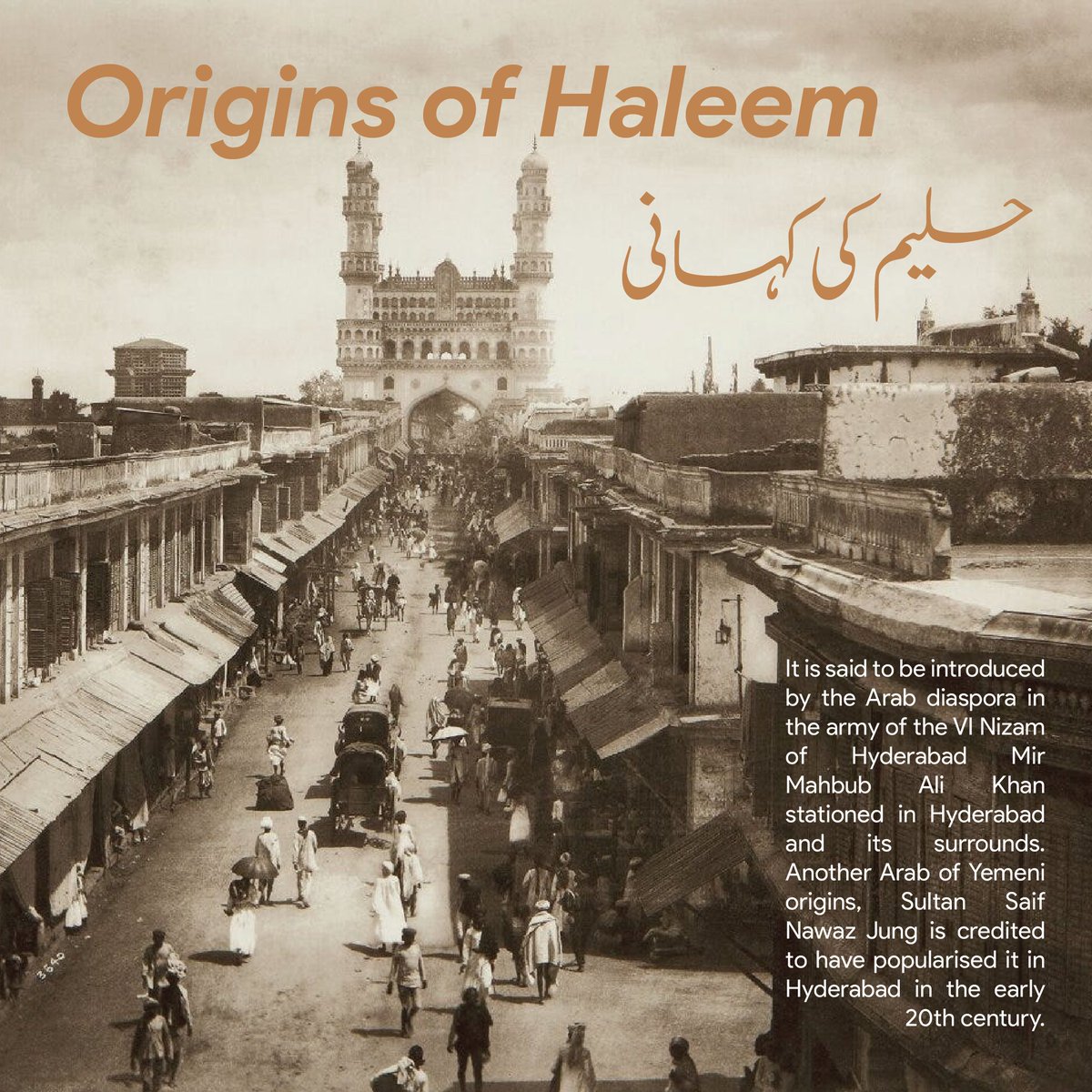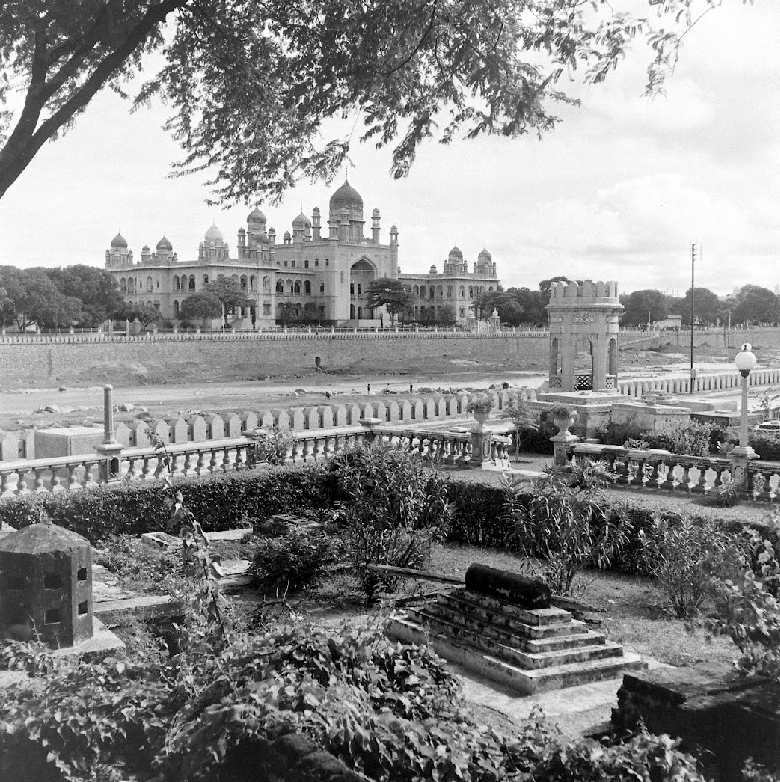Ever wondered know how neighbourhoods in #Hyderabad got their names? 

Source: Social and Cultural Geography of Hyderabad City: A Historical Perspective, Dharmendra Prasad
• • •
Missing some Tweet in this thread? You can try to
force a refresh





















